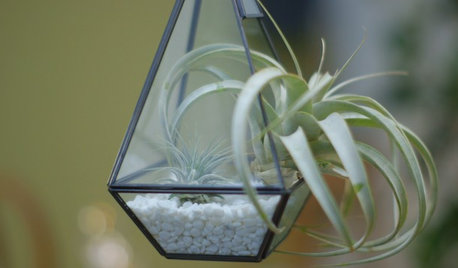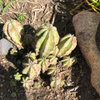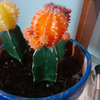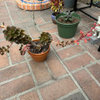Watering Lithops
davemichigan
12 years ago
Related Stories

HOUZZ TVHouzz TV: 1 Modern Terrarium in 3 Styles
Here’s how to create a trio of looks for a terrarium to hang up or put on a table. Which do you like best?
Full StoryI lost one last year due to overwatering, so I am trying again this year. I have read up on it, so I know the growth cycle. The confusion I have, however, is that the timing doesn't seem to go with what is said about it.
For example, from "www.lithops.info" I have this: "The new body continues to extract the water and nutrient stored in the old leaves until the old leaves are reduced to nothing more than thin papery shells. These shells can then be easily removed from around the plant. It is spring by the time the plants reach this stage, and it is safe to water again to let the plants increase their growth."
But on mine, the old leaves just got to the papery shells last week, but it is summer now. The above says it is safe to water now, but the same site also says that lithops will go dormant in the summer, and that it should not be watered when it is dormant.
So should I water mine now? The last time I watered it was 7 weeks ago. When I first got it I watered it once a month, but it developed some "beer belly" so I thought I might have overwatered it, so I reduced the watering.




Beachplants
davemichiganOriginal Author
Related Professionals
Winder Landscape Architects & Landscape Designers · Harvey Landscape Architects & Landscape Designers · Andover Landscape Contractors · Fort Atkinson Landscape Contractors · Camp Springs Landscape Contractors · Bell General Contractors · Milford Mill General Contractors · Rossmoor General Contractors · Valley Stream General Contractors · Security-Widefield General Contractors · Fort Myers Carpenters · Happy Valley Carpenters · Woodstock Carpenters · Canton Decks, Patios & Outdoor Enclosures · Castle Rock Decks, Patios & Outdoor Enclosurescactusmcharris, interior BC Z4/5
Beachplants
Beachplants
cactusmcharris, interior BC Z4/5
hanzrobo
Beachplants
Beachplants
xerophyte NYC
amccour
xerophyte NYC
amccour
Beachplants
noki
hanzrobo
norma_2006